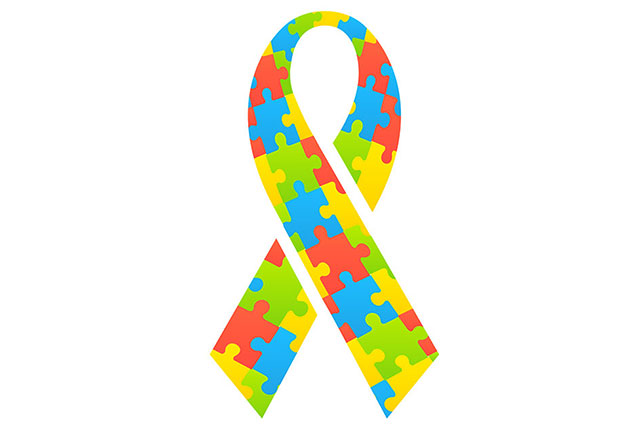


While both involve screaming, thrashing, and crying, there are dissimilarities worth understanding. Tantrums originate when a child is not allowed to have or do something he thinks he needs. Throwing a tantrum is a scheme to get what one wants right at that very moment. Often, tantrums come to an abrupt end if what the child wants is given.
 Signs of a Meltdown
Signs of a MeltdownMeltdowns are different. A person who is “melting down” is really not in control. There isn’t an underlying agenda; the meltdown is not about getting something. Nor is it about manipulating. It’s a “hijacking” of the person’s nerves – his stability, his peace of mind. There is an apparent loss of control and composure. The senses are bombarded. In meltdown mode, the child/teen does not intentionally look at those around him to see if there is a reaction. It appears the child is fighting off demons no one else can see.
Naoki Higashida in his book The Reason I Jump describes “this feeling of helplessness that sometimes drives us half crazy, and brings on a panic attack or meltdown.” Perhaps something as innocuous as spotlights in a store can seem like thousands of glaring suns in the eyes of a child with autism. Tamar Chansky, Ph.D., writes in Freeing Your Child from Anxiety: “Some children are feeling every bump in the road, whether it’s a tag on their clothing, a strong food smell, or the seam on their sock…every piece of sensory input is registered as an obstacle to overcome.” If sensory processing disorder contributes to meltdowns, it is important to know since there is help in the form of desensitization therapy. Occupational therapists can address this.
While a tantrum may call for a disciplinary strategy, a meltdown may require a caregiver to be both a sleuth and a stoic. Someone in meltdown mode is processing the confusing input and “acting out” while attempting to regain equilibrium. Help the child find some balance by limiting input: lower lights, turn down music, hand him a squeeze toy, or other comforting items. Whisper assurances (‘You’ll be okay”) or don’t say anything at all if words lead to more agitation.
So no one is harmed, make sure the area is safe. When there is limited control over the surroundings, go where it will be safer. Although our tendency as caregivers is to quickly make everything better, with meltdowns there is rationale in letting it run its course. Naoki writes: “When this is happening to us, please just let us cry, or yell, and get it all out. Stay close and keep a gentle eye on us while we’re swept up in our torment.” Enter during meltdowns.

Focusing on mindfulness can ease the distressed child as well as calm the nerves of the parent. Mindfulness is a mental state achieved by keeping one’s awareness of the present moment while calmly accepting one’s thoughts and bodily sensations. We risk amplifying his stress by getting worked up during the child’s meltdown. Riding out the storm is hard!
And let’s be real – these storms happen at the worst possible moment. The amusement park line when we are inches from the next ride. The doctor’s office was packed with sick kids. Staring eyes add insult to injury. I’ve uttered the words “Sorry! Autism moment!” in those situations where I had more views than a cat video.
Giving calm focus to your child with autism, mindfulness during meltdowns, and shutting out the rest of the world is perfectly okay. Breathe from the belly. Take the sting out of the situation for your child. Muster some patience. Observe the behaviors. This is where sleuthing can potentially curtail other meltdowns. When the episode ends, help re-establish balance in both yourself and your child by doing something nurturing. A meltdown is unpleasant but it will pass, so stay grounded.
Mindfulness during meltdowns can sum up to the following:
M Make it safe
E Exit if necessary
L Let it happen
T Take a breath
D Defuse the situation
O Ooze patience
W Wait and Watch
N Nurture
By Keri-Lin Horon
Just enter your email address below and you’ll get an email every time we publish a new post!
Categories :
Tags :
Keri is a special needs parent and a veteran high school English and journalism teacher turned writer. She enjoys reading, hiking, gardening, cooking, traveling, wine tasting, and practicing yoga. Both she and her son love to create art. She has a passion for educating people on all things autism. Visit her blog at https://kerimehome.com.
View All PostsNotifications